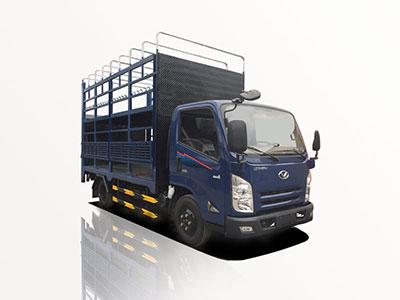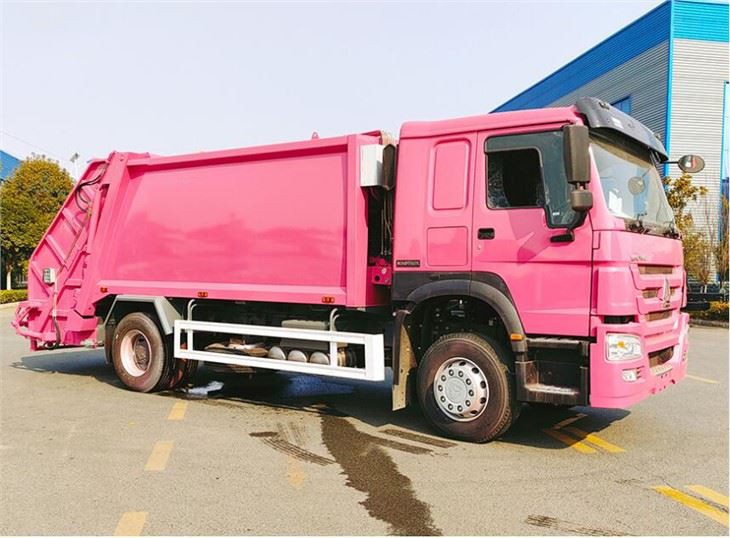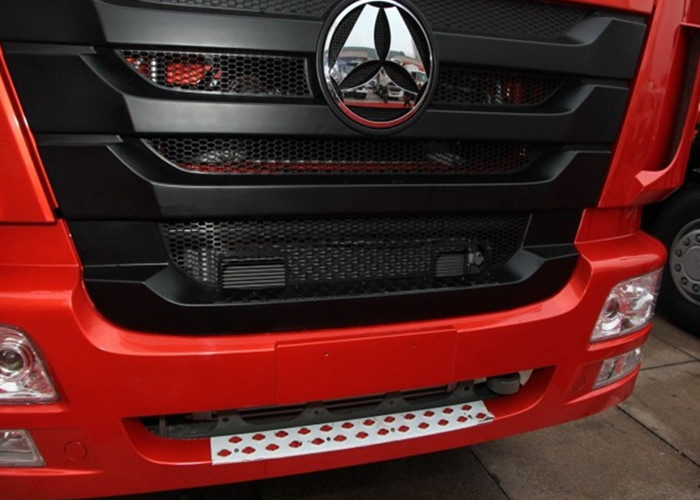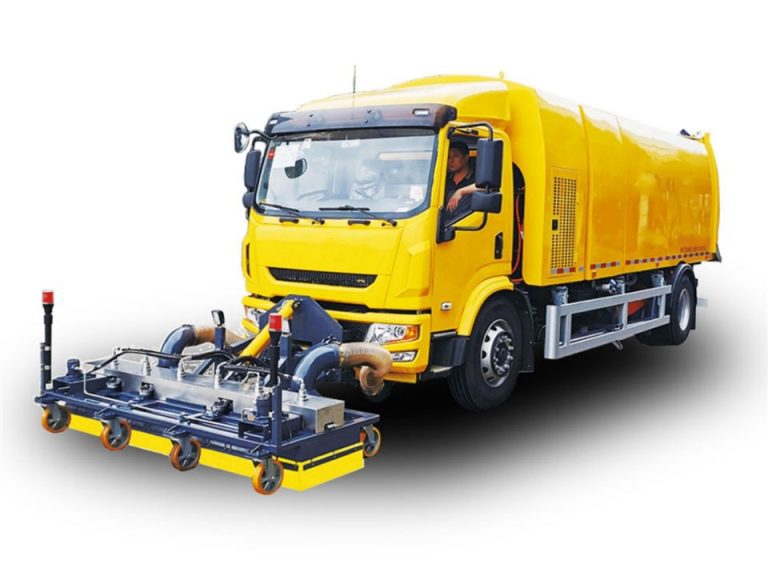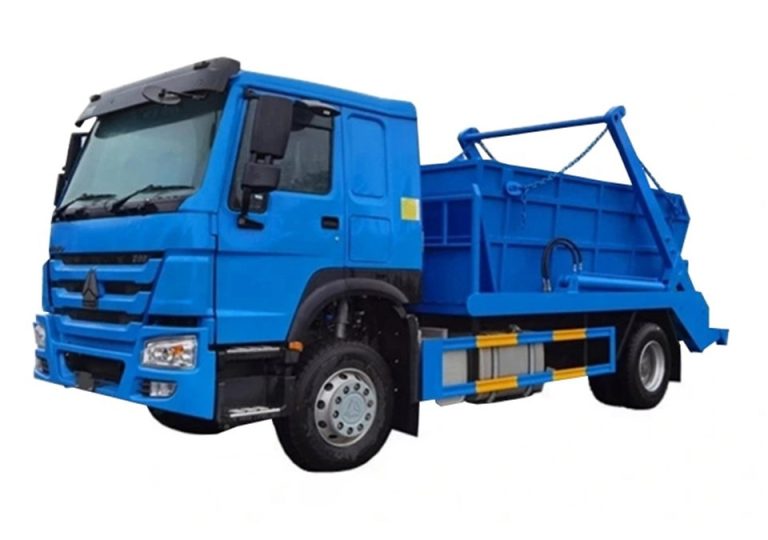Wiring tail lights on a trailer is an essential skill every trailer owner should possess. Proper wiring not only ensures legal compliance on the road but also enhances safety and visibility during travel. In this article, we will explore the ins and outs of wiring tail lights on a trailer, giving you practical advice, step-by-step instructions, and valuable tips for success.
Understanding Tail Light Wiring Basics
Types of Trailer Wiring Systems
Trailer wiring systems can typically be categorized into two main types: 4-pin and 7-pin connectors. Each type serves a different purpose and is utilized based on the complexity of the trailer’s lighting and braking requirements.
4-Pin Connector System
The 4-pin connector is the most basic wiring system for trailers, commonly used for small trailers. It typically includes the following functions:
- Ground
- Left Turn Signal
- Right Turn Signal
- Tail/Running Lights
7-Pin Connector System
The 7-pin connector is more advanced and is suited for larger trailers that need additional features such as brake lights, reverse lights, and charging systems. Its functions generally include:
- Ground
- Left Turn Signal
- Right Turn Signal
- Tail/Running Lights
- Brakes
- Reverse Lights
- 12V Power for Accessories
Tools and Materials Needed
Before starting your wiring project, gather the following tools and materials:
- Wire Strippers
- Wire Connectors
- Tape Measure
- Electrical Tape
- Multimeter
- Trailer Wire (appropriate gauge)
- Heat Shrink Tubing (optional)
Step-by-Step Instructions for Wiring Tail Lights on a Trailer
Step 1: Prepare the Trailer
Before you begin wiring, ensure that your trailer is secure on level ground. This removes the risk of accidents while you work. Disconnect any existing wiring to prevent short circuits.
Step 2: Determine Your Wiring Scheme
Decide whether you will use a 4-pin or 7-pin connector based on your trailer’s requirements. If you’re replacing old lights, replicate the previous wiring layout for consistency.
Step 3: Cut the Wires to Length
Measure the distance from the trailer’s connection point to the tail lights. Cut your wires accordingly, allowing extra length to ensure secure connections.
Step 4: Strip the Wire Ends
Using wire strippers, strip about half an inch of insulation off the ends of each wire. This exposes the copper wire, which will help establish a solid electrical connection.
Step 5: Connect the Wires to Tail Lights
With most tail lights, there are typically two connection points: one for the ground and another for the signal. Follow these general guidelines:
| Wire Color | Connection Point |
|---|---|
| Brown | Tail/Running Lights |
| Yellow | Left Turn Signal |
| Green | Right Turn Signal |
| White | Ground |
Connect the corresponding colored wire to the tail light using wire connectors, ensuring a tight fit. Wrap the connections with electrical tape for protection.
Step 6: Connect the Wires to the Connector
Follow the manufacturer’s color coding to connect the wires to the appropriate pins on the trailer connector. Secure each connection with wire nuts or solder for durability.
Step 7: Test the Connections
After wiring, use a multimeter to check for continuity in the circuits. Connect the trailer to the vehicle’s electrical system and test each light function to confirm everything is working properly.
Step 8: Secure and Protect the Wiring
Once you verify that all lights function correctly, use zip ties to secure loose wires against the frame of the trailer. This will prevent damage from movement and road debris.
Troubleshooting Common Wiring Issues
Dim Lights or No Lights
If the tail lights appear dim or do not light up at all, check the following:
- Ensure all connections are secure.
- Check the fuse in the vehicle’s tow system.
- Test the vehicle’s electrical system to ensure it’s working.
Blown Fuses
Frequent blowing of fuses could indicate a short circuit. Inspect the entire wiring setup for frayed wires or poor connections.
Incorrect Functioning Signals
If your turn signals blink rapidly or do not work correctly, it may be due to improper wiring or grounding issues. Double-check the connections for proper correspondence and ensure the ground connection is secure.
Practical Tips for Wiring Tail Lights
Use Heat Shrink Tubing
For extra protection against moisture and corrosion, consider using heat shrink tubing over your wire connections. This ensures a more durable and weather-resistant setup.
Color Code Everything
Using color-coded wires helps you identify the purpose of each wire quickly. This is especially beneficial when troubleshooting issues in the future.
Consider LED Lights
LED lights consume less power and are often brighter than traditional bulbs. Upgrading to LED can improve visibility while also reducing strain on the vehicle’s electrical system.
Regular Maintenance
Perform routine checks on your wiring and connections to ensure everything remains secure and functional. Look for signs of wear and repair any issues promptly.
Frequently Asked Questions (FAQs)
1. How do I know if my trailer wiring is compatible with my vehicle?
Check the requirements of your trailer’s electrical system and compare them with your vehicle’s specifications. Look for matches in pin configuration and wiring capacities.
2. What should I do if my tail lights flicker?
Flickering lights often indicate a loose connection or a grounding issue. Inspect the connections and wire routing to ensure everything is secure.
3. Are there specific regulations regarding trailer lights?
Yes, trailer light requirements can vary by state. Generally, trailers must have functioning brake lights, turn signals, and tail lights. Check local regulations for exact specifications.
4. Can I wire multiple trailers to one vehicle connection?
Yes, but ensure that the total load does not exceed the vehicle’s towing capacity. You may also need to use a trailer connector with multiple outputs to accommodate several trailers.
5. How often should I check my trailer wiring?
It’s recommended to check trailer wiring at least once a season or before long trips. Regular checks can prevent issues and ensure safety during transport.
6. What is the best gauge of wire to use for trailer lights?
Typically, 16-gauge wire is sufficient for most trailer lighting needs. However, larger trailers may require heavier gauge wire for efficiency and safety.
